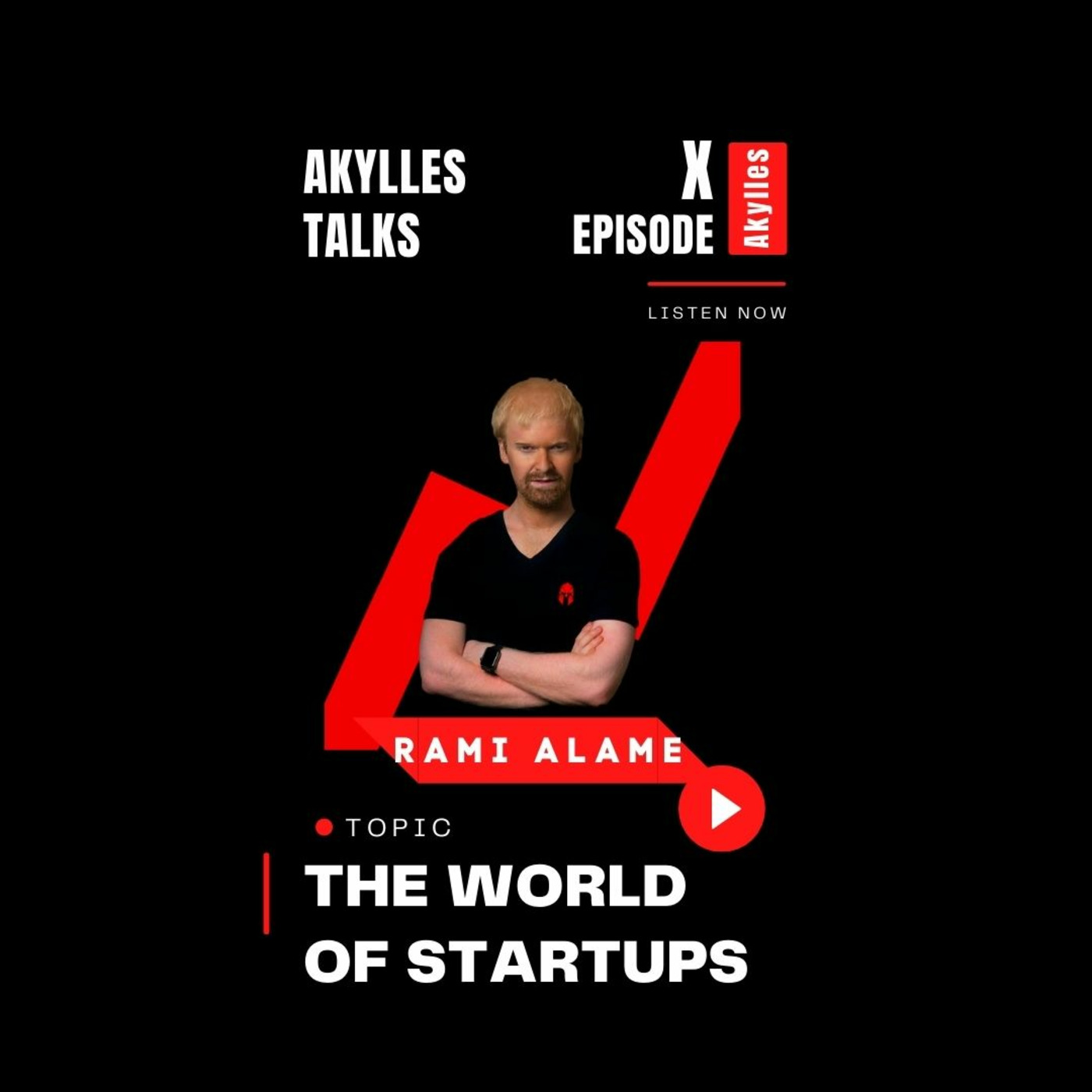Episode 20: Product Development Cycle
Description
The primary artifact in Scrum development is, of course, the product itself. The Scrum model expects the team to bring the product or system to a potentially shippable state at the end of each Scrum sprint.
The product backlog is another artifact of Scrum. This is the complete list of the functionality that remains to be added to the product. The product owner prioritizes the backlog, so the team always works on the most valuable features first.
The most popular and successful way to create a product backlog using Scrum methodology is to populate it with user stories, which are short descriptions of the functionality described from a user or customer's perspective.
In Scrum project management, on the first day of a sprint and during the planning meeting, team members create the sprint backlog. The sprint backlog can be thought of as the team's to-do list for the sprint, whereas a product backlog is a list of features to be built (written in the form of user stories).
The sprint backlog is the list of tasks the team needs to perform to deliver the functionality it committed to deliver during the sprint.
Additional artifacts resulting from the Scrum agile methodology are the sprint burndown chart and release burndown chart. Burndown charts show the amount of work remaining either in a sprint or a release and are an effective tool in Scrum software development to determine whether a sprint or release is scheduled to have all planned work finished by the desired date.
Even if you are new to Scrum, you may have heard of a role called the ScrumMaster. The ScrumMaster is the team's coach and helps Scrum practitioners achieve their highest level of performance.
In the Scrum process, a ScrumMaster differs from a traditional project manager in many ways, including that it does not provide day-to-day direction to the team and does not assign tasks to individuals.
A good ScrumMaster shelters the team from outside distractions, allowing team members to focus maniacally during the sprint on their selected goal.
While ScrumMaster focuses on helping the team be the best possible, the product owner works to direct the team to the right goal. The product owner does this by creating a compelling vision of the product and then conveying that vision to the team through the product backlog.
The product owner is responsible for prioritizing the backlog during Scrum development to ensure it’s up to par as more is learned about the system being built, its users, the team, and so on.
The third and final role in Scrum project management is the Scrum team itself. Although individuals may join the team with various job titles, in Scrum, those titles are insignificant. Scrum methodology states that each person contributes in whatever way they can to complete each sprint's work.
This does not mean that a tester will be expected to re-architect the system; individuals will spend most (and sometimes all) of their time working in whatever discipline they worked in before adopting the agile Scrum model. But with Scrum, individuals are expected to work beyond their preferred disciplines whenever doing so would be for the team's good.
One way to think of the interlocking nature of these three roles in this agile methodology is as a racecar.
The Scrum team is the car itself, ready to speed along in whatever direction it is pointed. The product owner is the driver, ensuring that the car is always going in the right direction. And the ScrumMaster is the chief mechanic, keeping the car well-tuned and performing at its best.
Make sure to check the guides on www.startupkudos.com
Check the courses on www.akylles.com
Be Organized, Be Passionate, Be Structured
IG: @ramialame
www.ramialame.com
More Episodes
This episode discusses 3 main layers of complication when launching your startup. It all comes down to "Perceived stability" but the 3 layers are: 1. Explaining the new lifestyle to yourself2. Explain things to your parents and surrounding3. Explaining things to your partners, team, and...
Published 08/05/22
Published 08/05/22
Take a second to be nice to yourselfInstagram: @ramialameTwitter: @rami_alameh
Published 12/18/21


